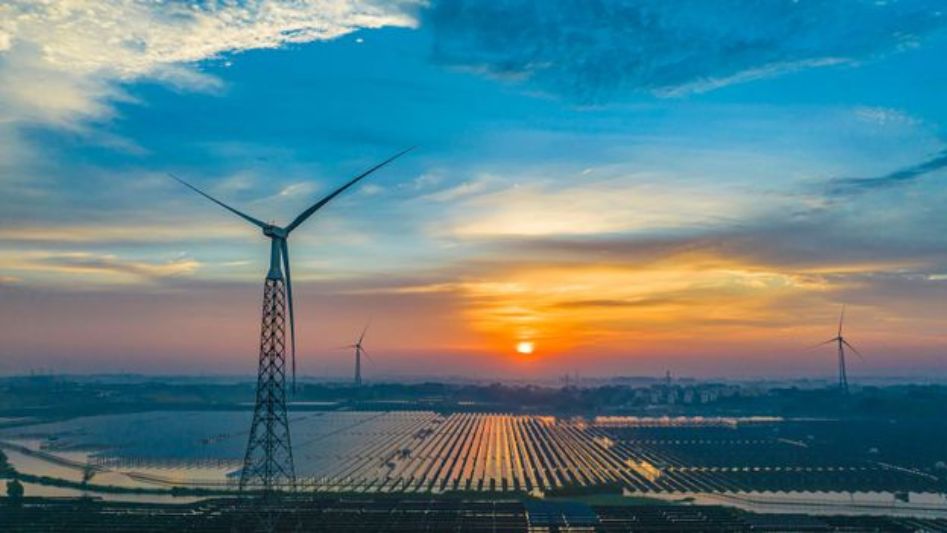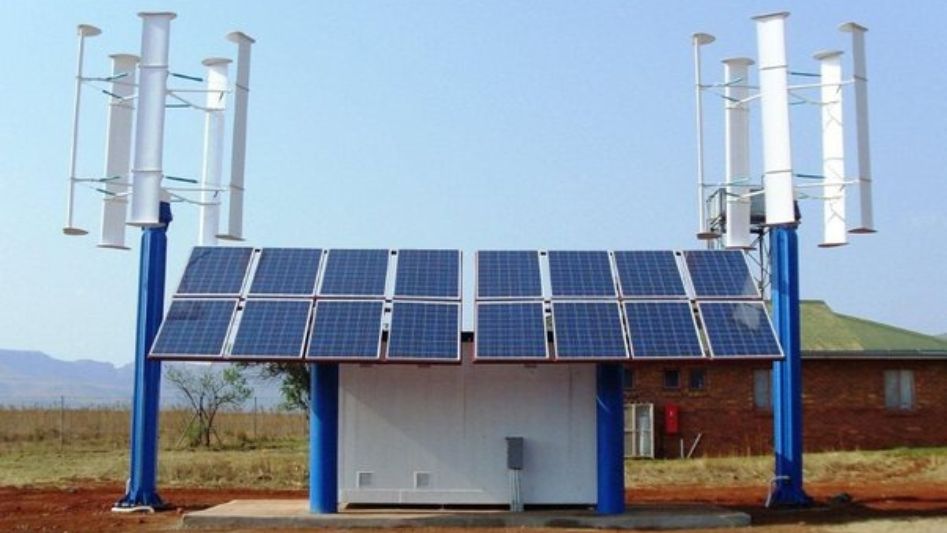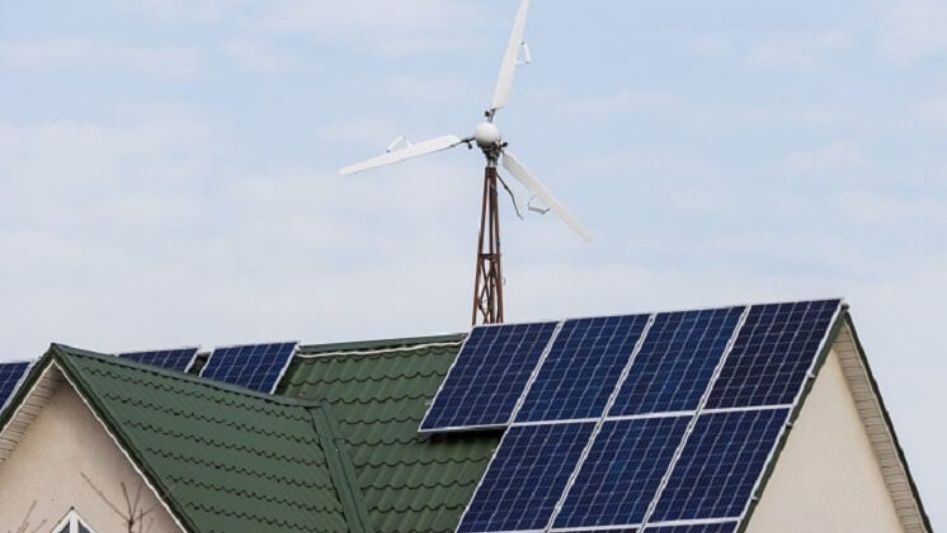Cities around the world are increasingly turning to renewable energy sources as a way to reduce their carbon footprint and dependence on non-renewable energy sources. Solar panels and wind turbines are two of the most popular options for urban areas, due to their efficiency, cost-effectiveness, and ability to be easily integrated into the urban landscape. In this article, we will explore the various benefits and considerations of using solar panels and wind turbines for renewable energy in the city.
Table of Contents

Solar Panels
Solar panels, which convert sunlight into electricity, have been used for decades as a renewable energy source. They are particularly well-suited for urban areas, as they can be easily installed on rooftops, walls, and other structures. Solar panels have a relatively low maintenance cost, and can generate electricity for up to 25 years or more. They are also becoming increasingly cost-competitive with non-renewable energy sources, making them a viable option for both residential and commercial buildings.
One of the main advantages of solar panels is their ability to generate electricity during the day, when energy demand is typically at its highest. This can help reduce the strain on the grid, and potentially lower energy costs for consumers. Solar panels can also be paired with energy storage systems, such as batteries, to store excess electricity for use during times of low sunlight or high energy demand.
There are, however, some considerations to keep in mind when installing solar panels in urban areas. One issue is the availability of space for solar panels, as urban areas often have limited roof or wall space. In addition, the angle and orientation of the panels can affect their efficiency, and shadows from nearby buildings or trees can reduce the amount of sunlight they receive. Finally, the upfront cost of installing solar panels can be a barrier for some, although financing options and incentives, such as tax credits, can help offset this cost.
Wind Turbines
Wind turbines are another popular option for generating renewable energy in the city. Like solar panels, wind turbines can be easily integrated into the urban landscape, and can be installed on rooftops, poles, or other structures. They can also generate electricity for a long period of time, with some turbines lasting up to 20 years or more.
Wind turbines have the added benefit of being able to generate electricity at any time, not just during the day. They can also be more cost-effective than solar panels in certain areas, particularly if wind resources are strong. In addition, wind turbines can be used in conjunction with other renewable energy sources, such as solar panels, to create a hybrid system.

Comparison of Solar Panels and Wind Turbines
There are, however, some challenges to using wind turbines in urban areas. One issue is the noise and potential visual impact of the turbines, which can be a concern for residents or businesses located near them. In addition, wind resources may not be as strong in urban areas, due to the presence of buildings and other structures that can block or deflect wind. Finally, the upfront cost of installing wind turbines can be higher than solar panels, although this can vary depending on the size and type of turbine.
Conclusions:
Both solar panels and wind turbines can be effective options for generating renewable energy in the city. While they each have their own benefits and considerations, they offer a clean and sustainable source of electricity that can help reduce carbon emissions and decrease reliance on non-renewable energy sources. As cities continue to grow and urban populations increase, the adoption of renewable energy technologies will likely play an important role in meeting energy demands while protecting the env

FAQ
What is renewable energy?
Renewable energy is energy that is generated from natural sources, such as the sun, wind, and water, and can be replenished indefinitely. Renewable energy sources are considered a more sustainable and environmentally friendly alternative to non-renewable energy sources, such as fossil fuels.
How does renewable energy work?
Renewable energy sources work by harnessing the natural energy from the sun, wind, and water, and converting it into electricity. Solar panels use photovoltaic cells to convert sunlight into electricity, while wind turbines use the wind to turn a generator and produce electricity.
What are the benefits of using renewable energy?
There are numerous benefits to using renewable energy, including:
Reducing reliance on non-renewable energy sources, which can help decrease greenhouse gas emissions and protect the environment
Providing a clean and sustainable source of energy
Potential cost savings in the long term, as renewable energy sources can be less expensive than non-renewable sources once the initial investment is made
How can cities adopt renewable energy?
Cities can adopt renewable energy by implementing policies and incentives to encourage the use of renewable energy sources, such as solar panels and wind turbines. They can also invest in renewable energy infrastructure, such as building solar panels on rooftops or installing wind turbines in urban areas.
What are the challenges to adopting renewable energy in cities?
There are several challenges to adopting renewable energy in cities, including:
- Limited space for renewable energy infrastructure, such as solar panels and wind turbines
- High upfront costs for installing renewable energy systems
- Potential barriers to adoption, such as lack of knowledge or financial resources
- Environmental concerns, such as the potential impact on wildlife or noise from wind turbines
- Intermittency of some renewable energy sources, such as solar panels, which only generate electricity during the day
You May Also Like
- HOW SOLAR & STORAGE PROVIDES POWER FOR EMERGENCY OPERATIONS
- SOLAR POWER INVESTMENT FOR FARMING & AGRICULTURE IN RURAL COMMUNITIES
- ROOFTOP WIND TURBINES
- TOP COUNTRIES WITH HIGHEST PROPORTION OF RENEWABLE ENERGY
- ARE SMALL WIND TURBINES WORTH IT? (PROS AND CONS TO CONSIDER)
